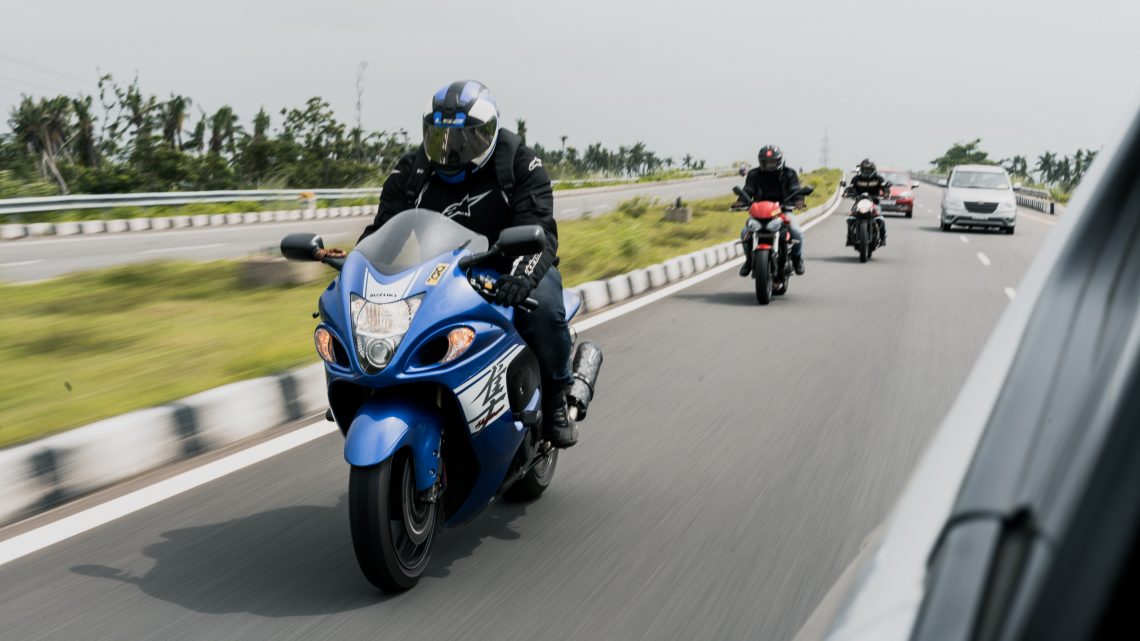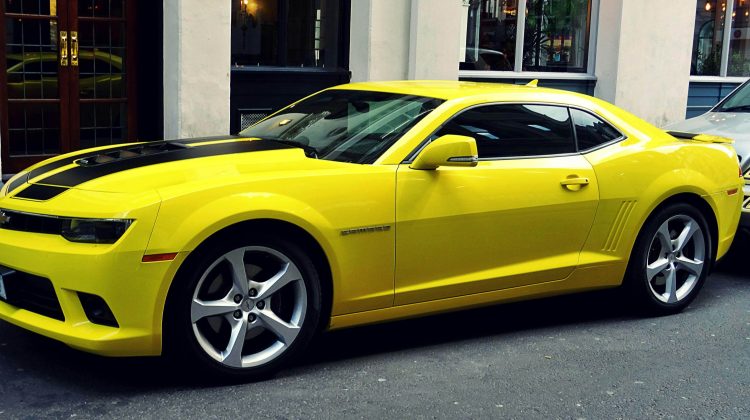Motorcyclists face greater risks on the road than car or truck drivers. According to the National Highway Traffic Safety Administration, 5,014 motorcyclists were killed in 2019 due to fatal traffic accidents. In a traffic accident, motorcyclists are more vulnerable than car or truck drivers because they lack the protection of a large vehicle. Because of this, it’s important that car and truck drivers know how to safely share the road with motorcycles.
1. Check Blind Spots
According to Las Vegas motorcycle accident attorneys at Koch & Brim, one of the most common causes of car and motorcycle collisions is merging accidents. A driver that is changing lanes may fail to check their blind spots, thus colliding or pulling into the motorcycle’s path. Motorcycles are smaller than cars or trucks and they lane switch often, making it hard for drivers to be aware of motorcycles on the road. This is why it’s important to always check your blind spots before merging or turning.
2. Be Extra Cautious When Making Left Turns
This goes hand-in-hand with checking your blind spots. When crossing lanes of traffic to make a left turn, make sure you’re extra cautious and double check to ensure it’s safe to do so. If you are aware of a motorcycle, be sure to use your turn signals sooner than usual to give the motorcyclist notice before you slow down. It’s also important to note that motorcycle headlights can give drivers the illusion that the rider is further away than they actually are. Two headlights close together simulate car headlights at a further distance. Use landmarks to more accurately judge their position.
3. Be Aware Of Motorcycle Lane Splitting
Depending on what state you live in, motorcycle lane splitting can be legal. The legality of motorcycle lane splitting is left to the discretion of your state’s highway patrol officers. Whether it’s legal or not in your area, it still happens and it’s helpful to be aware of it.
4. Maintain A Safe Distance
Rear-ending a motorcycle can be fatal to the motorcyclist. To avoid this altogether, make sure you maintain a safe distance behind a motorcycle. 4 to 5 seconds apart is usually a good distance. This gives you enough time to react if the motorcycle in front of you suddenly slows down.
5. Be Cautious When Passing
It is legal to pass a motorcycle just as you would an automobile. But you should make sure you are extra cautious when doing so. Passing a motorcycle could create a gust of wind that may cause the bike to be blown off the road. Always make sure you signal when passing and create a safe distance between you and the motorcycle.
6. Be Extra Careful In Bad Weather
Bad weather can make it very difficult for the motorcyclist to navigate. Windy conditions can cause the motorcyclist to sway and rain can almost make it impossible for a motorcyclist to drive on the road. In bad weather it is especially important to pay attention to motorcycles around you and give extra space to them on the road.
7. Be Considerate
Lastly, it’s important to be considerate. Safety is the number one priority so remain level-headed and calm. If a motorcycle passes you or cuts you off, most likely it wasn’t intentional. Always try to be pleasant to your fellow drivers to create a safe environment on the road.
Motorcycle accidents can be fatal. That’s why being extra cautious and aware of your surroundings when sharing the road with motorcycles is important for staying safe on the road.





No Comment